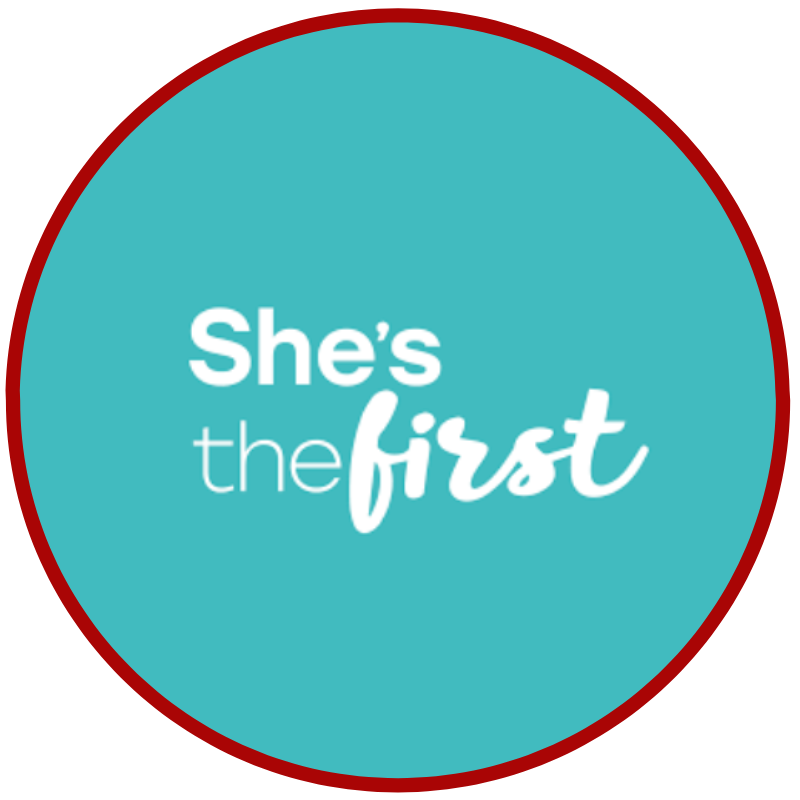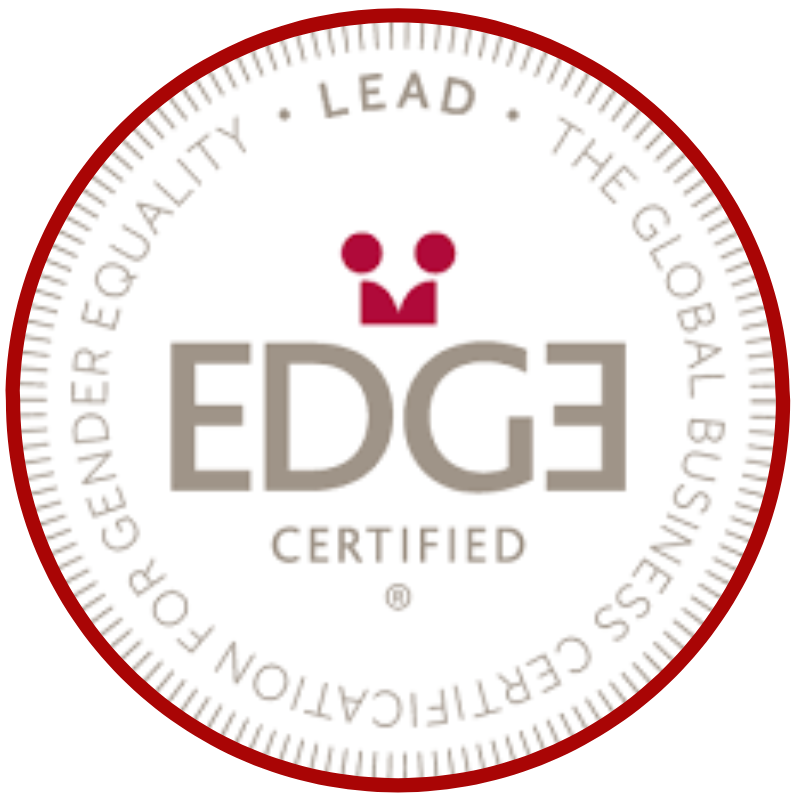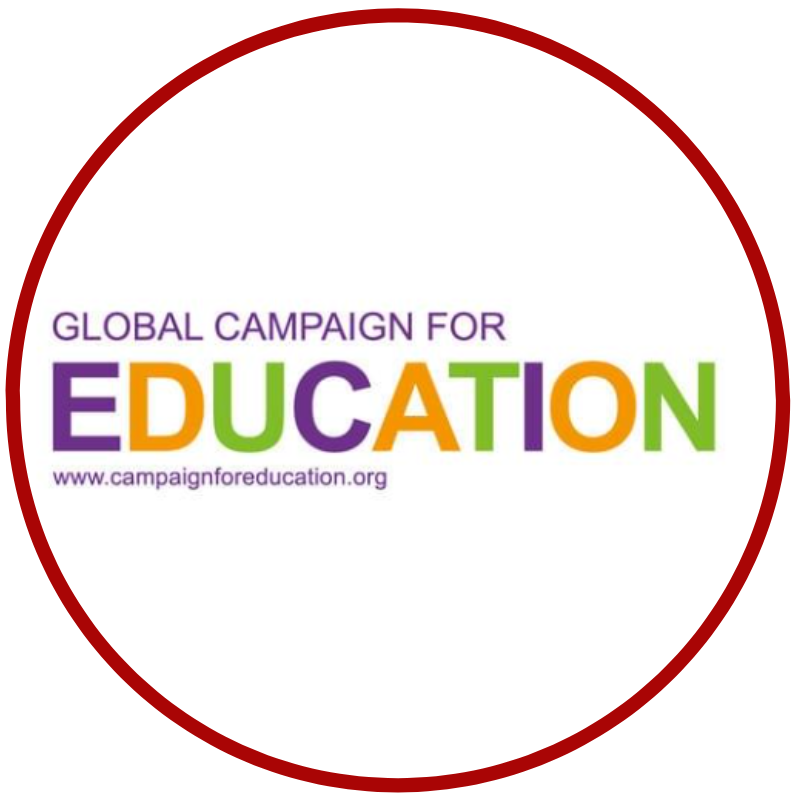I just put down the recent report by Margaret Sekaggya, the UN Special Rapporteur, on the situation of human rights defenders, available at http://www2.ohchr.org/english/bodies/hrcouncil/docs/16session/A-HRC-16-44.pdf.
Her December 2010 report was her third report to the UN Human Rights Council and the first to focus exclusively on the situation of women human rights defenders and those working on women’s rights or gender issues. It is written in the somewhat stilted style of the UN, but even that style cannot obscure the tangible and extremely serious risks that these women and men, and their families face daily. The report details risk including:
threats, death threats (and death);
arrest, detention and criminalization of their activities;
stigmatization; and
sexual violence and rape.
Sekaggyas stunning conclusion is that women defenders are more at risk of suffering certain forms of violence and other violations, prejudice, exclusion, and repudiation than their male counterparts. This is often due to the fact that women defenders are perceived as challenging accepted socio-cultural norms, traditions, perceptions and stereotypes about femininity, sexual orientation, and the role and status of women in society.
This report is based on Sekaggyas work from 2004-2010. It has limitations, as it is based on complaints made to, and acted upon, by Sekaggya. Having said that, the report painstakingly documents risks and threats across the globe, details how they differ regionally and sets forth a summary of the 732 letters she sent to governments regarding violations.
I was most struck by the detail and depth of the report. We hear so much about certain violations such as sexual violence and rape in the DRC but often not about what is happening to defenders of human rights in Asia, indigenous rights in the Americas or the risks of working as a woman trade union activist in many countries. Further, the report also makes clear the dearth of state action in many places and the lengths these women and men must go through to protect themselves from risk. These actions include safe houses, public awareness campaigns, and alliances with international and national organizations.
I came away convinced of the importance of ensuring that these courageous women and men are protected by the law, but also by other people and institutions, and the importance that regional and international organizations can play in providing support and public awareness of the work they are doing every day.





